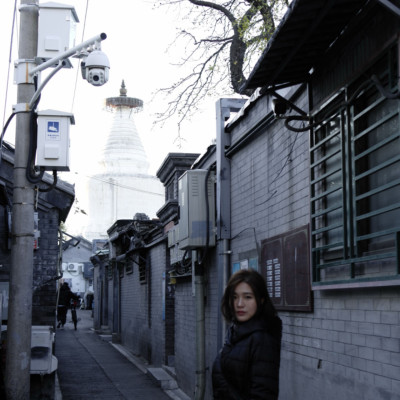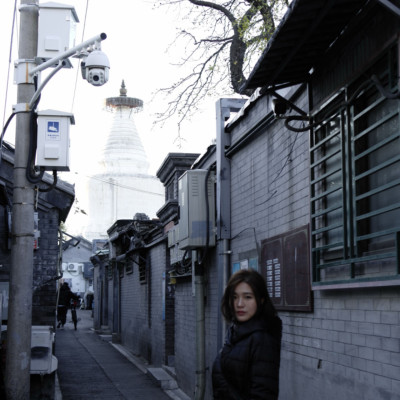5 key facts about this project
Through a thoughtful response to the needs of its occupants, the project operates on multiple layers, including residential, commercial, or mixed-use aspects that encourage community interaction. The organization of spaces is intentional, with areas designated for communal activities as well as private environments, allowing for a balanced coexistence of social engagement and individual retreat.
The façade of the building showcases an interplay of materials that contributes to a dialogue between the interior and exterior. Elements such as large expanses of glass facilitate ample natural light and create visual connections with the outdoor space. The use of concrete provides structural integrity while allowing for both large spans and intricate detailing. Steel elements are strategically implemented to enhance the overall design without compromising the aesthetic fidelity. Additionally, the inclusion of natural materials, like wood, adds warmth and texture, enriching the sensory experience for users and visitors alike.
Significant design features are evident throughout the project. The layout cleverly incorporates an open floor concept that promotes an unobstructed flow of movement, facilitating ease of access and navigation. This approach not only enhances functionality but also creates a vibrant atmosphere where interactions can flourish. Furthermore, the project boasts thoughtfully designed outdoor spaces that encourage relaxation and social gathering, embodying the essential link between nature and architecture.
Unique architectural strategies utilized in this project include the integration of sustainable practices that underline the importance of environmental responsibility. Elements such as green roofs, solar panels, and rainwater harvesting systems exemplify a commitment to sustainability, reducing the ecological footprint while enhancing the building’s performance. The design adeptly navigates local climatic conditions, optimizing passive heating and cooling, which contributes to energy efficiency without sacrificing comfort.
The architectural details reflect a meticulous attention to craftsmanship, featuring custom elements that resonate with the overall design ethos. From finely detailed doorways and window frames to unique light fixtures, each component is carefully curated to enhance the project as a cohesive whole. This dedication to detail underscores a broader narrative of quality and care that permeates every facet of the architecture.
Moreover, the design emphasizes adaptability and future-proofing, allowing spaces to be reconfigurable as needs evolve. This adaptability is crucial in urban contexts where demands shift over time, ensuring longevity and relevance in an ever-changing environment.
Engagement with the community is another focal point of the project’s design. By creating spaces that encourage interaction among occupants and visitors, the architecture fosters a sense of belonging and promotes communal ties. The thoughtful incorporation of public areas along with private sectors signifies a well-rounded design approach, addressing both individual and collective experiences.
This project serves as a testament to the effective fusion of form and function in contemporary architecture. As one delves deeper into its architectural plans, sections, and design elements, the careful consideration of user needs, environmental impacts, and aesthetic value becomes increasingly apparent. The project invites exploration and engagement, offering insights into how architectural ideas can be translated into meaningful spaces that serve their communities effectively. For a deeper understanding, readers are encouraged to explore the project presentation to uncover the many nuances that contribute to its overall success.


 Jingyi Xu,
Jingyi Xu,  Jingyi Xu
Jingyi Xu 























